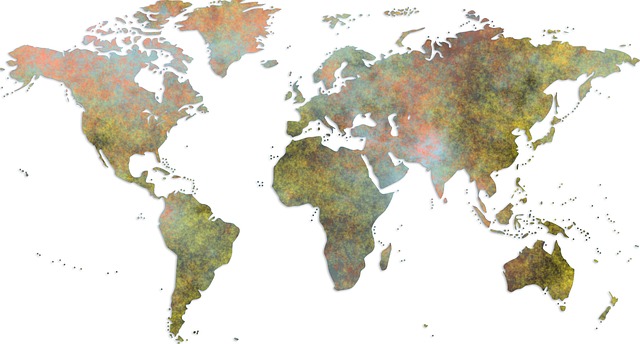Prime Minister Narendra Modi of India will receive a lavish welcome on Thursday in Washington, where he will address a joint session of Congress and be feted by President Biden and the first lady in a state dinner at the White House — only the third state leader to be hosted by the current administration.
Swirling around the pageantry of a momentous visit for U.S.-India relations, seen as an affirmation of India’s rise as an economic and diplomatic power, will be weighty questions of geopolitical alignments with regard to China’s economic influence and Russia’s military aggression, as well as the erosion of India’s secular democracy under Mr. Modi. How much if any of that will be publicly addressed by the two leaders is unclear.
The visit is a significant diplomatic prize for Mr. Modi, who was once denied a visa to the United States for his role in religious riots in his home state, and as prime minister has increasingly consolidated power and edged his country closer to one-party rule.
Still, the Biden administration has painstakingly sought to draw India closer, economically and militarily, at the cost of muddling his oft-stated worldview of a pitched battle between autocracies and democracies.
Here is what to know about Mr. Modi’s state visit.
The U.S. is trying to draw India closer.
Announcing Mr. Modi’s state visit, the White House press secretary said the occasion would celebrate “the warm bonds of family and friendship that link Americans and Indians together.” Like his predecessors, Mr. Biden has leaned into the hope that India, the world’s most populous democracy and the fifth-largest economy, will serve as a counterweight to China’s growing global economic heft. Treasury Secretary Janet L. Yellen last year visited India as part of the administration’s push to shift global supply chains away from its political and economic adversaries.
“New Delhi has a pivotal role to play in checkmating China — if politically nudged, militarily helped and geopolitically encouraged by the U.S. and its allies,” said Happymon Jacob, who teaches Indian foreign policy at Jawaharlal Nehru University in New Delhi.
The urgency for improved relations has intensified with Russia’s war on Ukraine, a geopolitical crisis that has placed India at the center of jostling between the United States and its allies and President Vladimir V. Putin of Russia. India, while fostering closer ties with the United States, has maintained military and economic relations with Russia, buying up Russian oil at a discount and staying away from backing United Nations resolutions that have condemned Russia’s aggression.
Defense cooperation is high on the agenda.
The United States wants to help India bolster its domestic defense industry and increase military cooperation between the two countries in an attempt to wean India off its long dependence on Russia for its weaponry. Defense Secretary Lloyd J. Austin III and the national security adviser, Jake Sullivan, each traveled to New Delhi this month ahead of the state visit to lay the groundwork for closer defense partnerships.
A substantial majority of India’s arsenal is estimated to be of Russian origin, the result of a decades-long defense relationship between the two countries at a time when the United States was instead supplying weapons to India’s rival, Pakistan. While the proportion of Russian arms in India’s defense imports has decreased in recent years, the country still remains dependent on Russia for parts and maintenance.
Highlighting increased technological cooperation, military coordination and intelligence sharing between the two countries, Mr. Austin said during his New Delhi visit: “This all matters because we face a rapidly changing world. We see bullying and coercion from the People’s Republic of China, Russian aggression against Ukraine that seeks to redraw borders by force and threatens national sovereignty.”
Modi is accused of undermining democracy.
In hosting Mr. Modi, Mr. Biden will be standing shoulder to shoulder with a leader who is immensely popular in his country but has sidelined challengers, co-opted judicial systems and consolidated power to a degree that has concerned observers and critics about the democratic erosion in the nation that recently surpassed China to become the world’s most populous.
This week, more than 70 Democratic lawmakers urged the president in a letter to raise upholding democratic values and human rights with the Indian prime minister, citing “troubling signs in India toward the shrinking of political space, the rise of religious intolerance, the targeting of civil society organizations and journalists, and growing restrictions on press freedoms and internet access.”
Mr. Modi’s India has become particularly perilous for the nation’s more than 200 million religious minorities, as his right-wing vigilante supporters have fomented religious tensions with the aim of imposing Hindu supremacy on India’s constitutionally secular democracy. That’s led to a perpetual sense of combustibility on the ground, particularly for India’s Muslims.
In March, Rahul Gandhi, India’s best-known opposition leader and Mr. Modi’s chief rival, was convicted on a charge of defamation and sentenced to two years in prison. He filed an appeal and remains free, but the conviction allowed Mr. Modi’s allies to oust him from the country’s Parliament.
Mujib Mashal contributed reporting.

